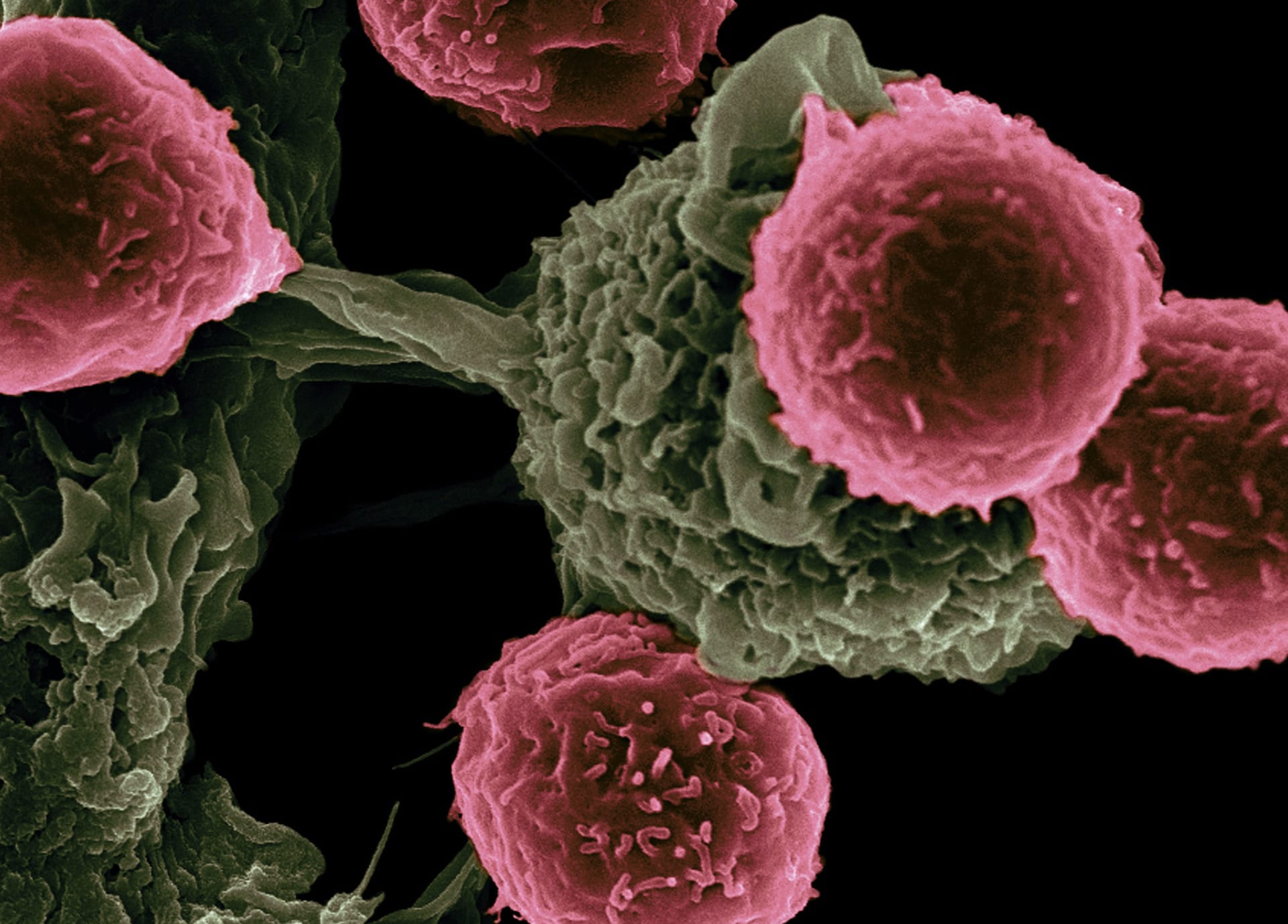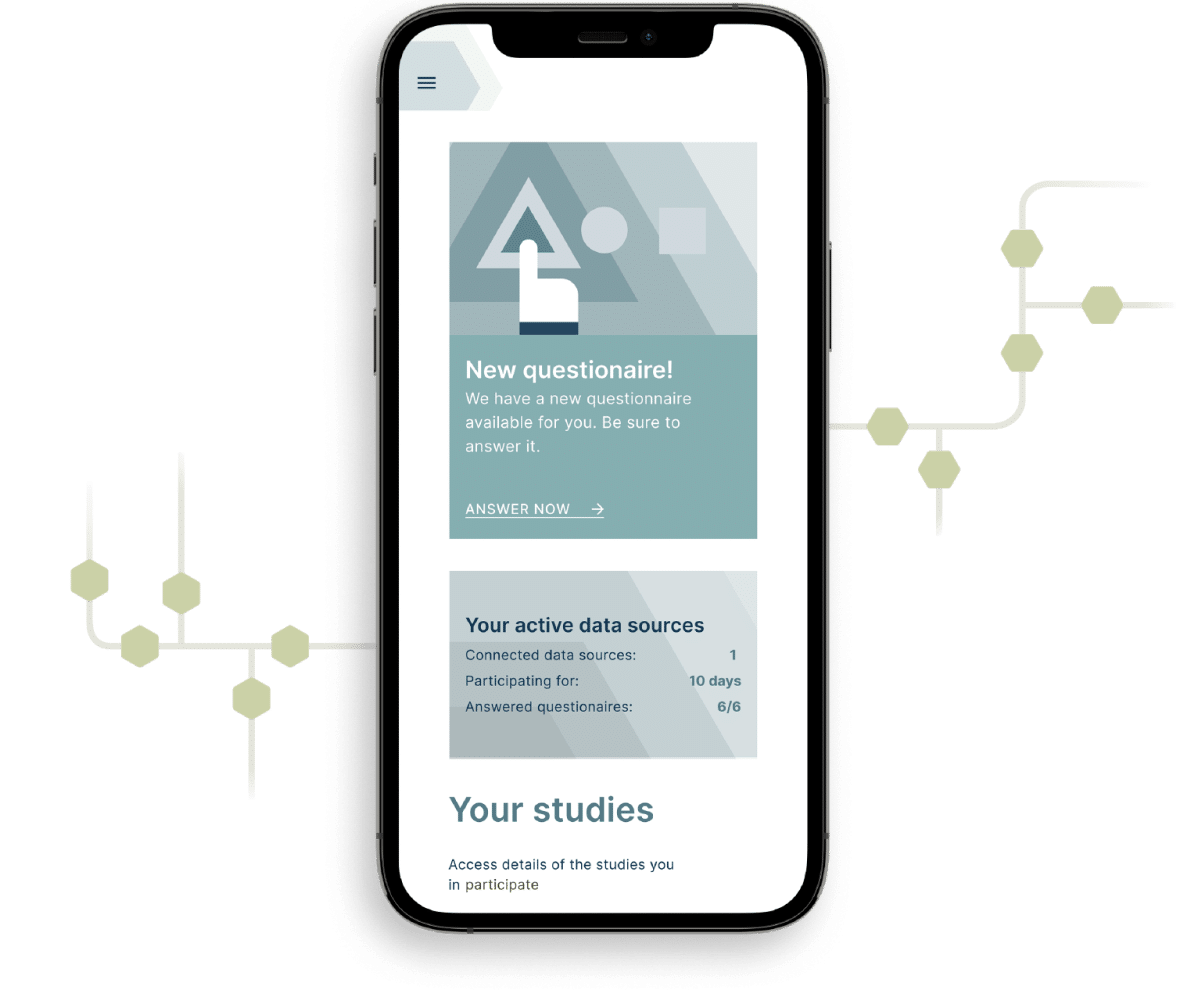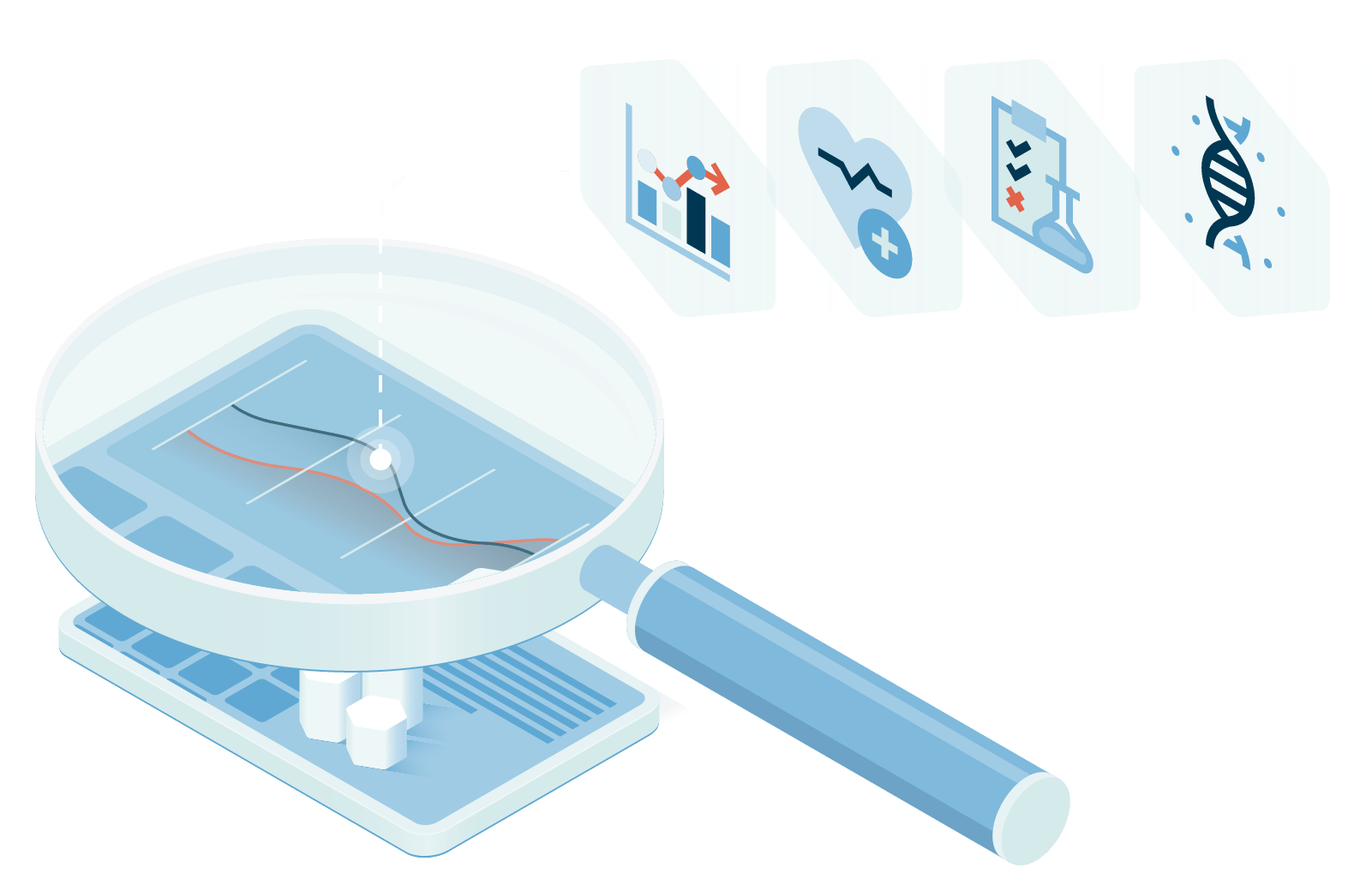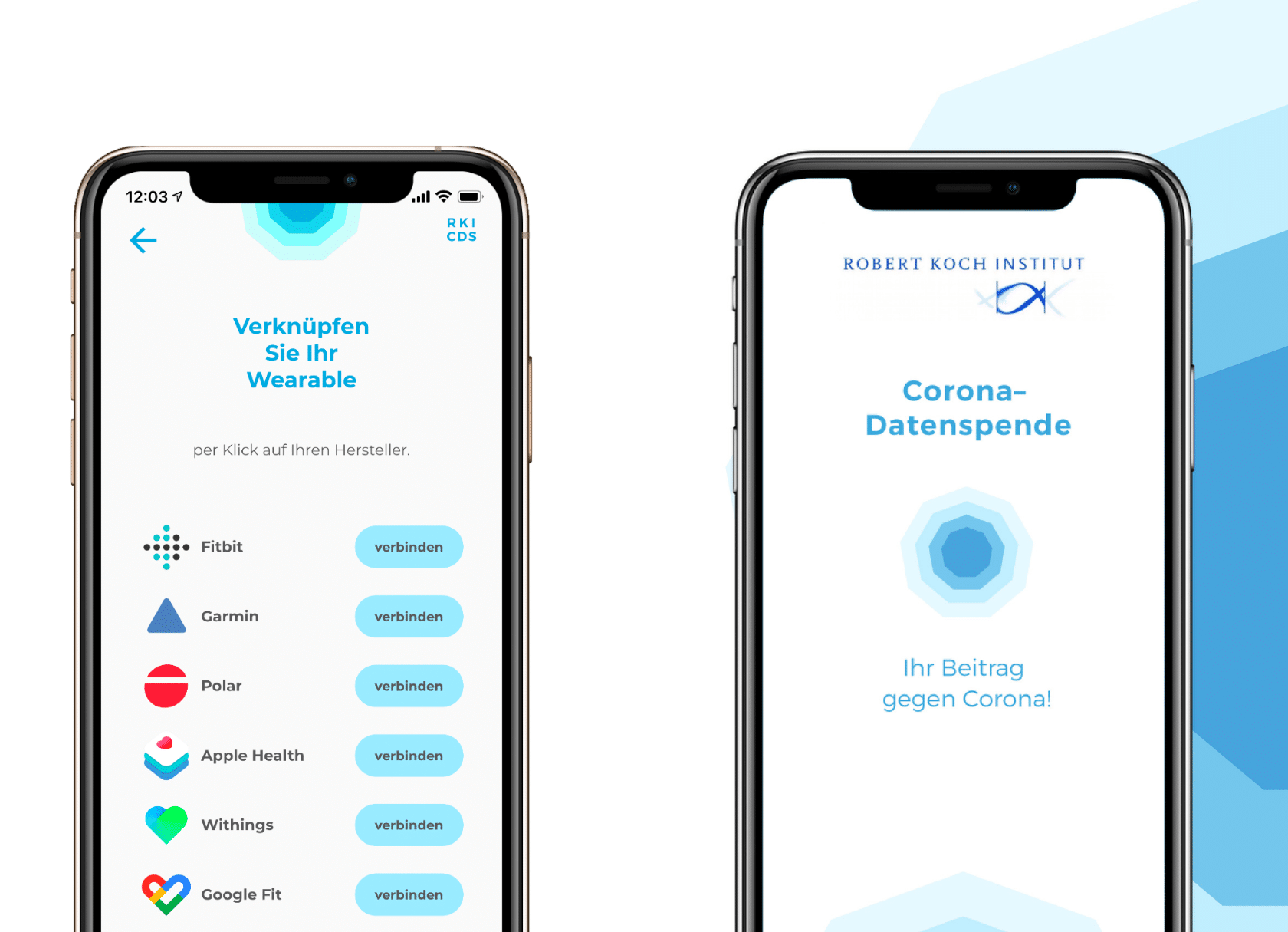Real-world data for oncology therapy and research

In the past years, the rate of newly occurring oncological diseases has increased, leading to a growing prevalence of oncological indications and a growing relevance for health care systems. With the rising consumerization of healthcare, patients generate rich health data with smartphones, wearables, and medical sensors by themselves. This data puts research, prevention, diagnosis, and therapy into a better context and facilitates usability for patients. This article gives an overview of the positive effects of integrating rich data sources into oncology assistance applications.
Trackable indicators in oncology
Off-the-shelf wearables provide sufficient data to track symptoms in preparation to or after major cancer treatment. The symptoms tracked can help to assess the impact of varying interventions and of contextual factors.
Data on physical activity provided by wearables has proven to be feasible when used in oncology treatment. “[Wearables] can provide objective and quantifiable measures of physical activity, which are not subject to errors or bias of self-reporting or shorter duration of formal testing.”[1]
As raised levels of activity, in turn, lead to a very significant reduction of almost 50% in mortality rates, [2] wearable can be used for constant remote monitoring to support positive therapy outcomes.
The data has the potential to support monitoring the health status of chemoradiotherapy outpatients and predict unplanned hospitalization risk. [3] It also has proven to support the prediction of clinical outcomes in advanced cancer patients. [4]
Real-world data provided by Thryve
Thryve’s technology enables access to real-world data from hundreds of wearables, medical devices, and consumer health data silos. We unify patients’ data from smartwatches, blood glucose meters, and many other sources into more than 300 harmonized, digital data points. We integrate directly into existing apps or enable to access data via our clinical research infrastructure.
Thryve helps you to get data on activity, sleep, cardiovascular information, nutrition, temperature, respiration, body composition, blood tests, environmental (e.g. weather, pollution), wellbeing, and intestinal flora.
Developing digital biomarkers for oncology
Wearables measure valuable data to develop digital biomarkers for overall health status assessments of oncology patients and to track common symptoms of cancer patients like fatigue, depression, weight loss, and stress. [1],[5]
Wearable data can complement traditional PRO surveys with objective, continuous activity, and physiologic data. Those biomarkers can provide information on the physical function that is directly relevant and important to the quality of life of cancer patients.
[1] Muhammad S. Beg, Arjun Gupta, Tyler Stewart, and Chad D. Rethorst, “Promise of Wearable Physical Activity Monitors in Oncology Practice”, Volume 13 / Issue 2 / February 2017 n Journal of Oncology Practice
[2] Dr. Joachim Wiskemann (2016), “Bewegung als Begleitbehandlung zur Senkung des Rückfall-Risikos und der Mortalität am Beispiel von Brustkrebs: Realität oder Illusion?“
[3] Nitin Ohri, Rafi Kabarriti, William R. Bodner, Keyur J. Mehta, Viswanathan Shankar, Balazs Halmos, Missak Haigentz, Bruce Rapkin, Chandan Guha, Shalom Kalnicki, Madhur Garg, Continuous Activity Monitoring During Concurrent Chemoradiotherapy, International Journal of Radiation Oncology*Biology*Physics, Volume 97, Issue 5, 2017, Pages 1061-1065, ISSN 0360-3016, HTTPS://DOI.ORG/10.1016/J.IJROBP.2016.12.030
[4] Gresham, G., Hendifar, A.E., Spiegel, B. et al. Wearable activity monitors to assess performance status and predict clinical outcomes in advanced cancer patients. npj Digital Med 1, 27 (2018). HTTPS://DOI.ORG/10.1038/S41746-018-0032-6
[5] Gresham et al. 2018, Wearable activity monitors in oncology trials: Current use of an emerging technology, Contemporay Clinical Trials 64, 13-21




